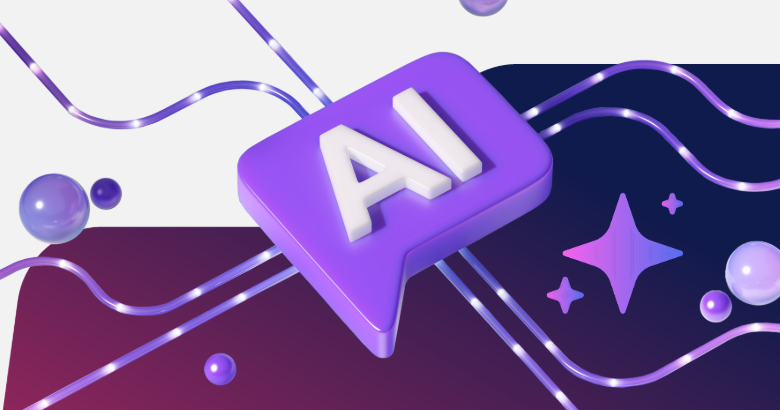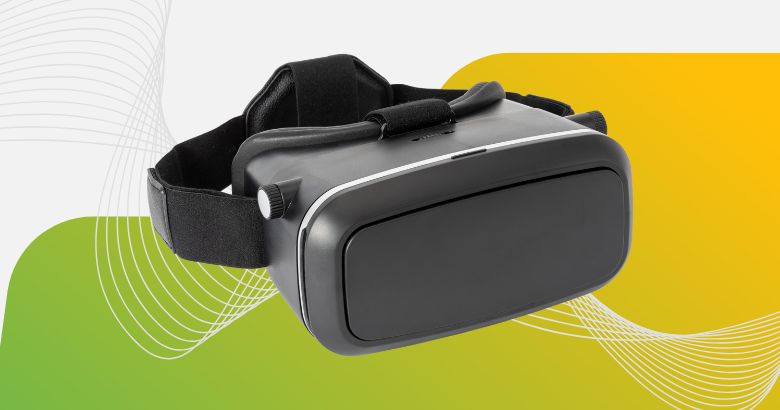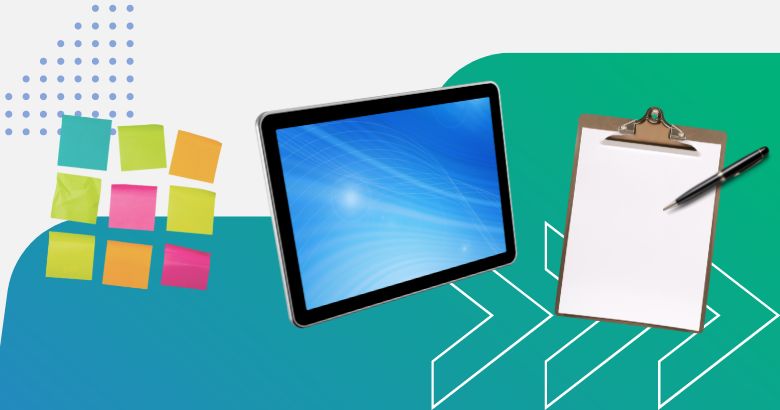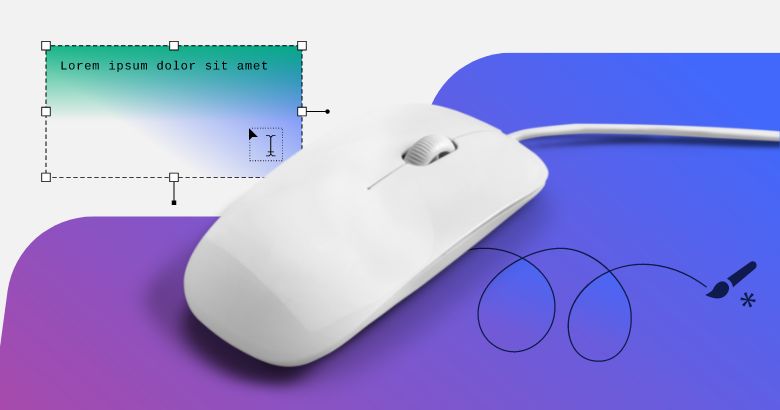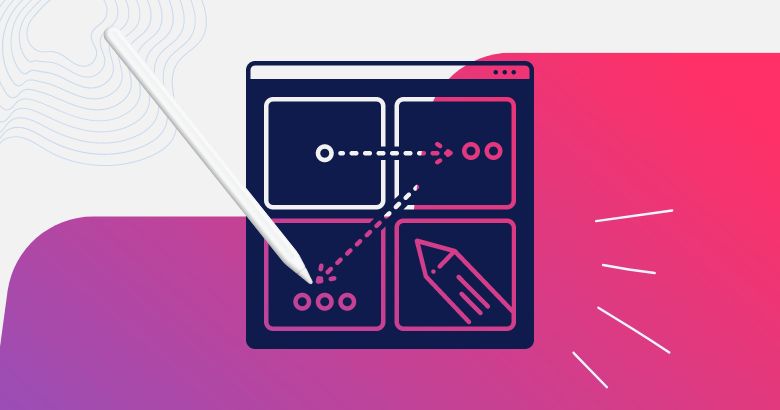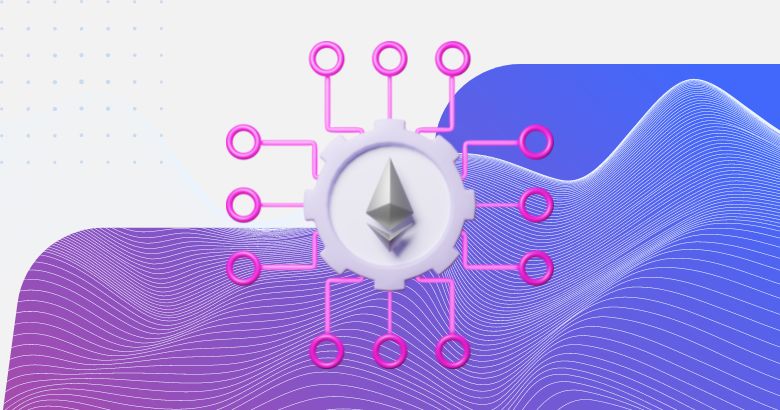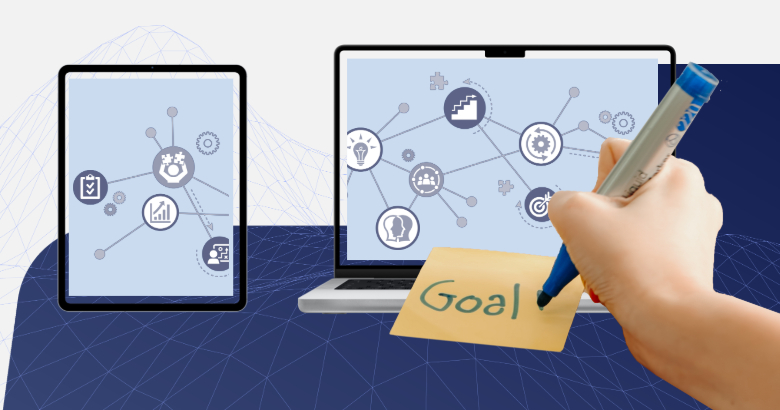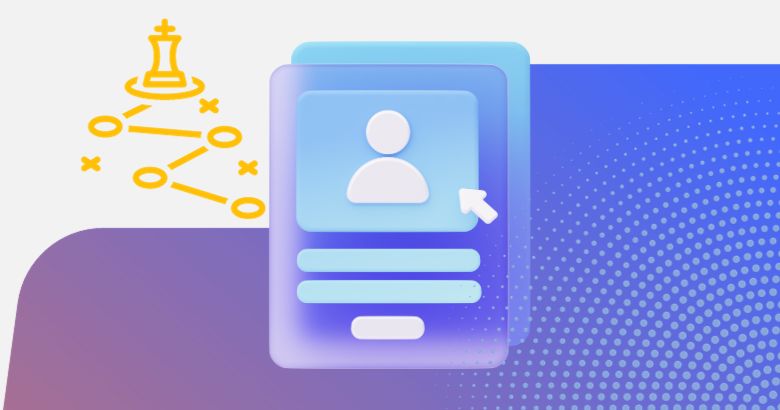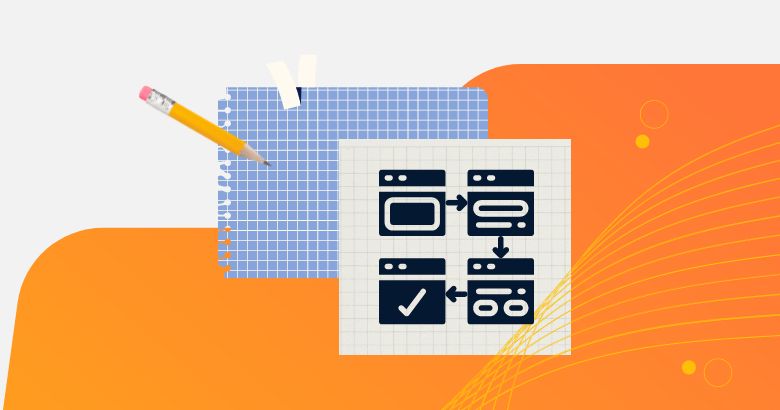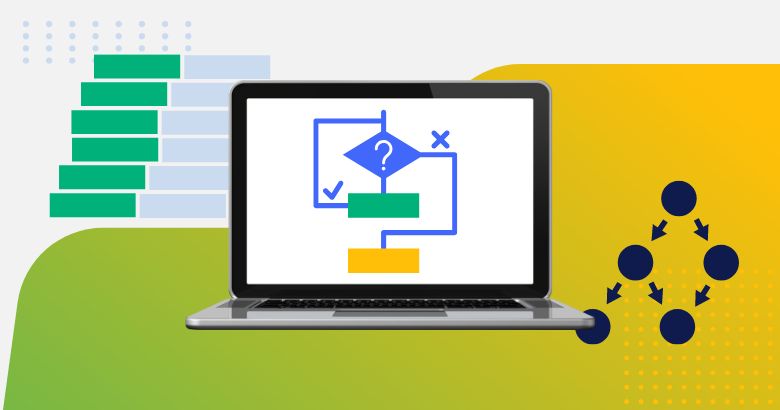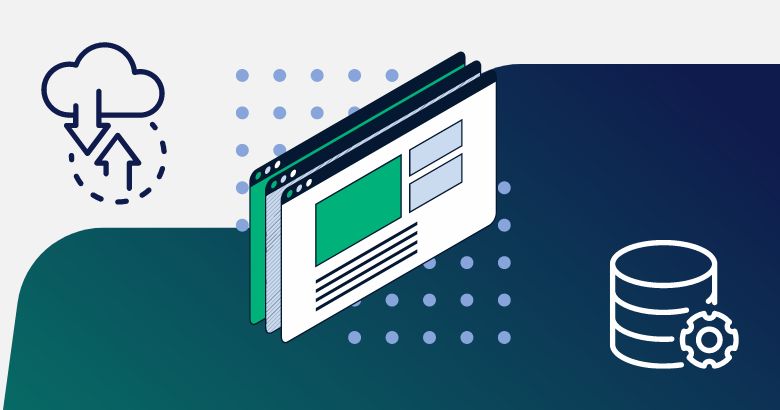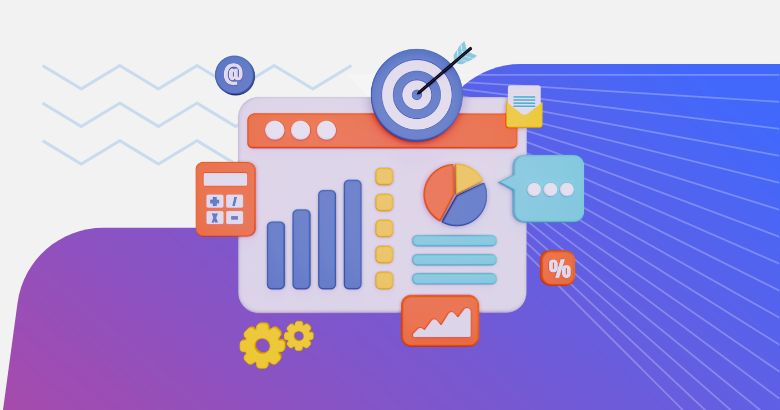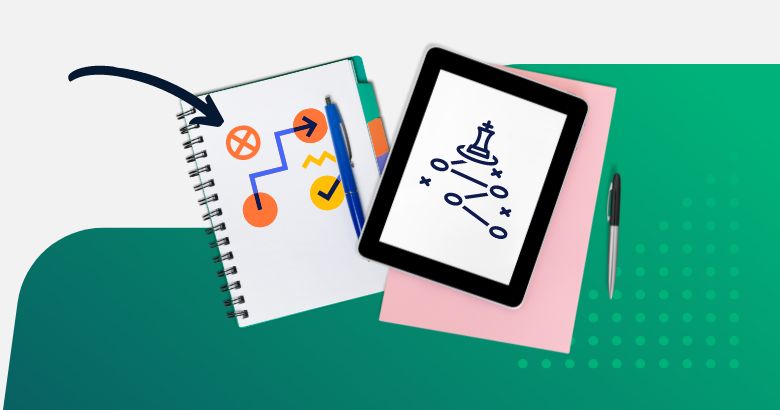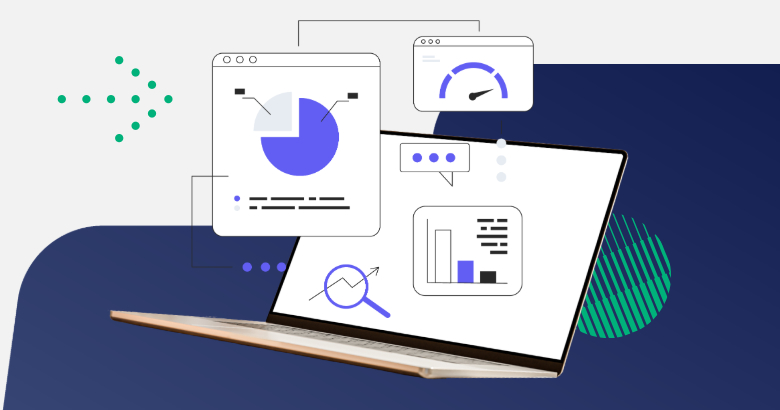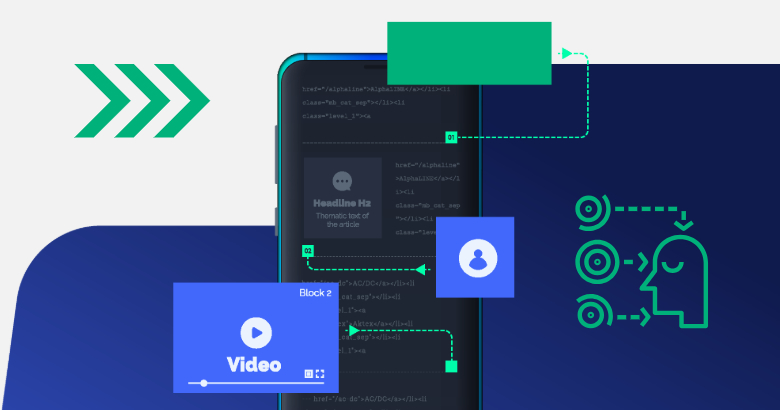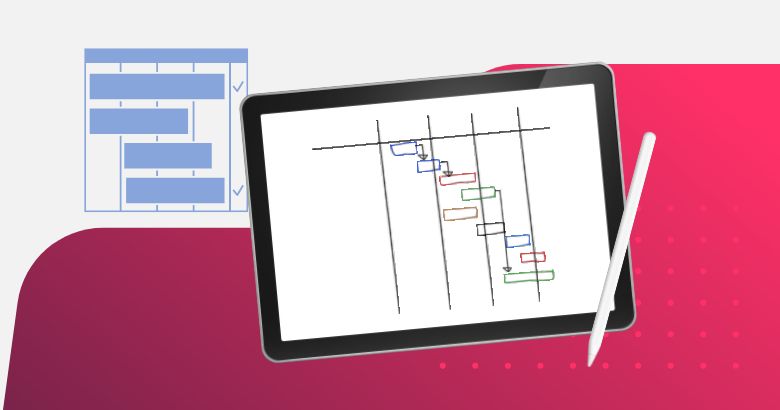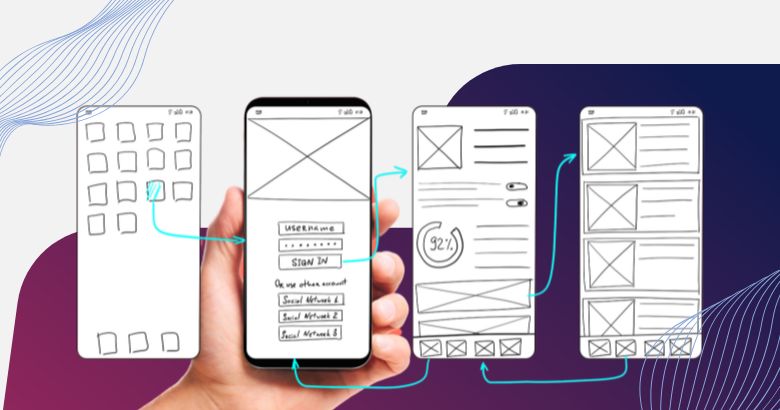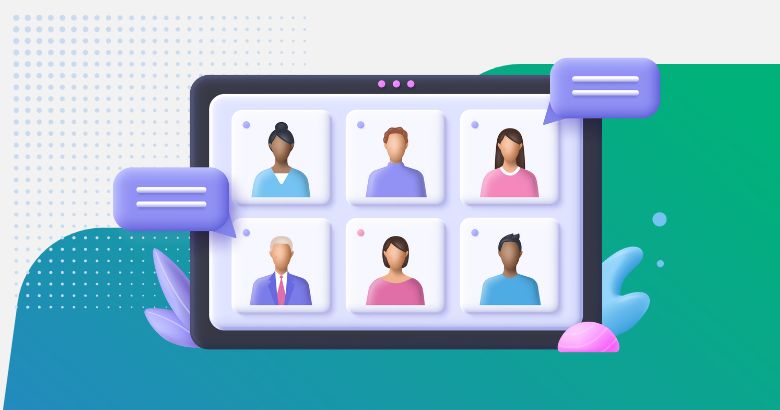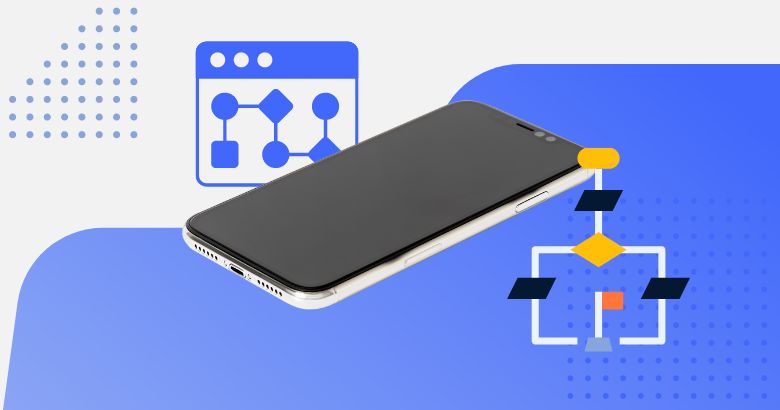All Topics
-
AI & Automation
AI and automation are transforming learning functions, enabling personalized, just-in-time learning at scale while reshaping how content is created, delivered, and optimized in real time.
-
AR & VR
AR and VR are enabling new and immersive types of learning experiences, driving the emergence of the metaverse, an entirely new digital world for immersive experiences.
-
Blended Learning
A mix of approaches, techniques and/or technologies to meet the contextual needs of learners and content types which can create a rich and diverse learning experience.
-
Data & Analytics
Gauging the performance of learners—and of learning—using a variety of methods, information and approaches helps L&D improve learning solution design and development.
-
Design & Development Tools
Design and Development tools aid in activities such as creating assets, editing, hosting, communicating, documenting and monitoring the people and processes used throughout.
-
Elearning Design
ELearning design builds upon instructional design, adding the context of the tools and technologies used to build and consume elearning experiences.
-
Elearning Development
ELearning design builds upon instructional design skills and strategies, adding the context required to build effective technology-based learning experiences.
-
Emerging Technologies
Breakthrough technologies impacting how people work, shop, entertain, and live that can ultimately affect how people learn.
-
Executive Technology Strategies
Forward-thinking executives are aligning technology investments with learning goals, leveraging platforms and data ecosystems to drive workforce readiness and business agility.
-
Games & Learning
Games and gamification are powerful ways to enhance engagement, adding elements of story, challenge, motivation, and other gaming principles to improve learning outcomes.
-
Graphic & Visual Design
The indirect instructional aspects of imagery, text, white space, color choices, etc. that impact cognitive load, drive engagement, and influence the learner experience.
-
Human Resources Strategy
A comprehensive set of tactics, methodologies, and frameworks to optimize an organization’s HR. This encompasses talent management, workforce development, employee engagement, and more, ultimately fostering a thriving and dynamic workplace.
-
Instructional Design
Applying learning theory and design strategies to meet specific performance goals through the creation of instructional materials and formal learning experiences.
-
Learning Culture
The alignment of an organization’s systems, structures, and people that represents its views and commitments to continuous learning, performance improvement, and growth.
-
Learning Executive Strategies
The methods used by executive leaders to align learning to the mission and vision of an organization, and to elevate the role learning plays in business strategy.
-
Learning Leadership Skills
Approaches and techniques used by individuals in influencing, motivating, and supporting others and in advancing the role of the learning function within an organization.
-
Learning Platforms
Technology platforms that support the creation, hosting, distribution, tracking, and reporting of learning programs and experieinces.
-
Learning Research & Science
Insights culled from analysis and inquiry that keep learning professionals up-to-date on how people learn, technologies, approaches, and performance improvement practices.
-
Management & Strategy
The strategic approaches used to shape the direction of the learning function and to support the design and development of learning solutions.
-
Measurement & Evaluation
Advanced analytics and real-time dashboards are redefining learning measurement, enabling organizations to link development efforts directly to performance outcomes and business value.
-
Organizational Learning Strategies
Organizations are shifting from episodic training to continuous capability building, embedding learning into the flow of work to drive adaptability, resilience, and strategic growth.
-
Professional Development
The knowledge and skills sought by learning professionals to improve their current practice and support their career development.
-
Project Management
The core skills and methodologies used to move an initiative from ideation to completion, overseeing timelines, resources, and budgets efficiently and effectively.
-
Social & Collaborative Learning
The interactions between people and groups where information, knowledge and insight are shared to collectively improve performance and build contextual understanding.
-
The Business of Learning
The emphasis on making organizational learning an integral part of the organization, focusing on impacting key business metrics and how to measure and communicate effectively.
-
UX & UI
User Interface (UI) addresses the look and feel of an elearning solution. User Experience (UX) focuses on how users interact with and navigate an eLearning solution.
-
Video & Media
Multimedia uses in the creation of learning solutions including video, audio, graphics, photos, embedded simulations, animations, etc used to be the solution or enhance it.
-
Virtual Training
Synchronous learning enabling learners to interact with geographically remote instructors takes many formats, from webinars and live-streamed classes, to blended solutions.
-
Workflow Learning & Microlearning
Solutions that support learners in the flow of their work rather than interrupting work (physically or mentally) to gain the knowledge or skills required to perform a task.



